» It is their art to stop at every stone and carry out an investigation at every layer of earth! «
Swiss author Rodolphe Toepffer describing geologists
During the Renaissance, the study of common rocks inspired great artists and revolutionized artistic techniques. Italian artist Leonardo da Vinci was one of the first naturalists to both understand the origin of sedimentary rocks and recognize fossils as petrified remains of former living animals. He used his geological insights to improve his paintings and in doing so inspired an entire generation of artists.
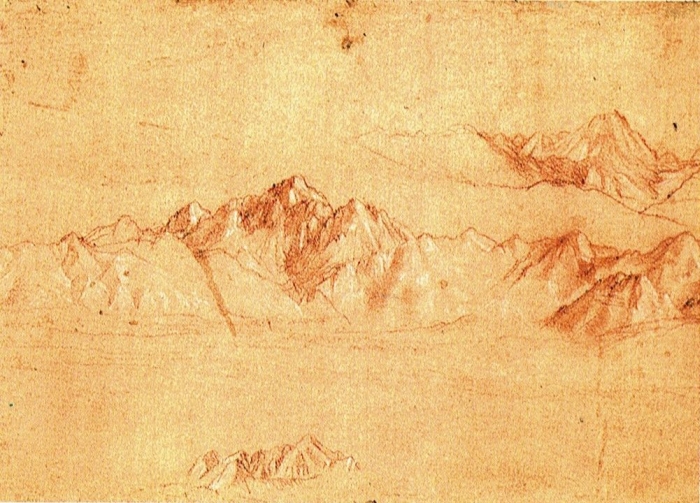
This approach can be seen in da Vinci´s earliest recognized works, dating to 1473. In „The Hills of Tuscany“ or „Landscape with River“, we are apparently standing on the borders of the Apennines, looking down onto a waterfall and the larger valley of the Arno.
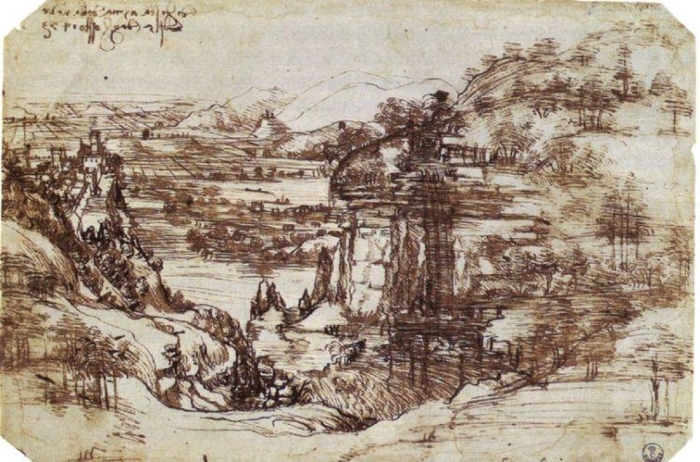
The layers of the earth, visible above the waterfall, are depicted in a geologically correct way – thin at the bottom and thick on the top, like the Turbidite sequences found in the Apennines. Together with the lines used to draw the cultivated fields in the Arno valley, the sedimentary layers help to create an three-dimensional effect giving to this landscape a realistic „depth.“ This effect is also helped by the waterfall, which is shown flowing away from the observer in a hydrologically correct manner down the slopes of the mountains into the Arno valley.
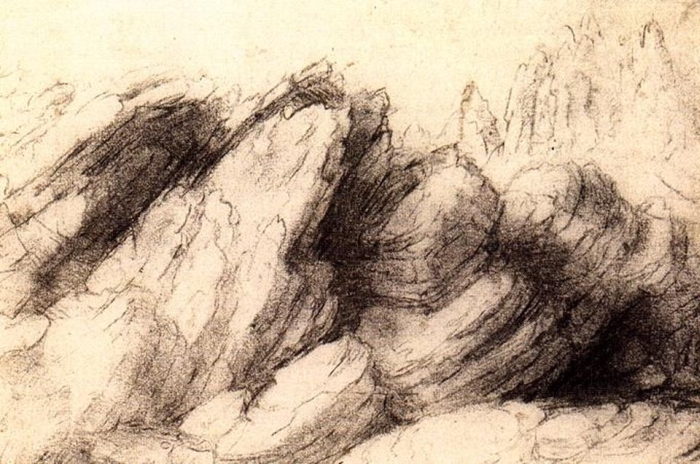
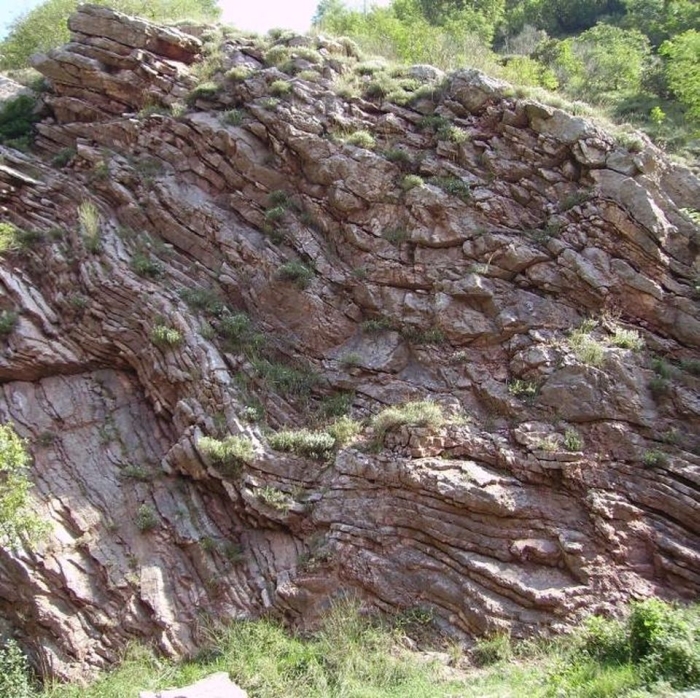
Leonardo’s technique was soon adopted by other artists. German painter Albrecht Dürer visited Italy twice to study the perspectival paintings of contemporary Italian architects and artists. Traveling back home, he tried to apply this revolutionary method to his own paintings. One of his drawings shows a quarry, maybe somewhere near his hometown of Nürnberg, displaying horizontal layers of sandstone and thinner layers of marl in a manner similar to da Vinci’s. Using the tectonic fractures as vertical construction lines, Dürer tried here to subdivide the picture like da Vinci and create the illusion of depth along the steep cliff.
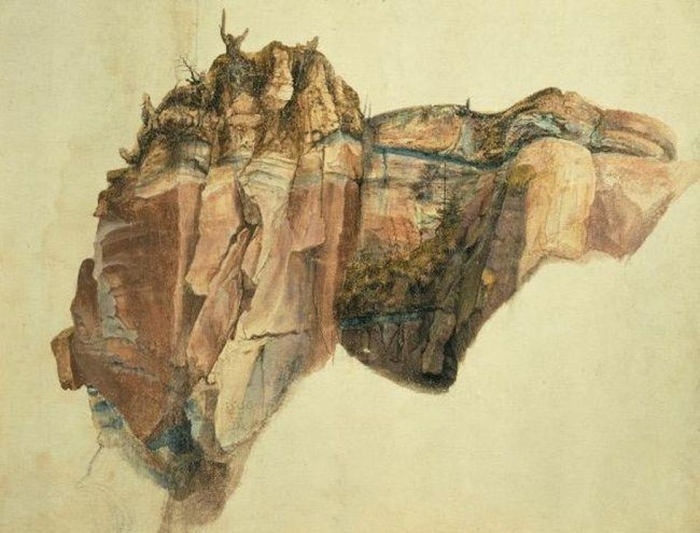
Despite never really completely mastering the geometrical rules necessary to create a perfect perspective in a painting, Dürer nevertheless popularized this new technique in Europe. Soon, many other artists followed and began painting realistic landscapes, even studying rocks in order to correctly depict them in their art.
References:
- ROSENBERG, G.D. (2009): The measure of man and landscape in the Renaissance and Scientific Revolution. In Rosenberg, G.D., ed., The Revolution in Geology from the Renaissance to the Enlightenment: Geological Society of America Memoir 203: 13-40